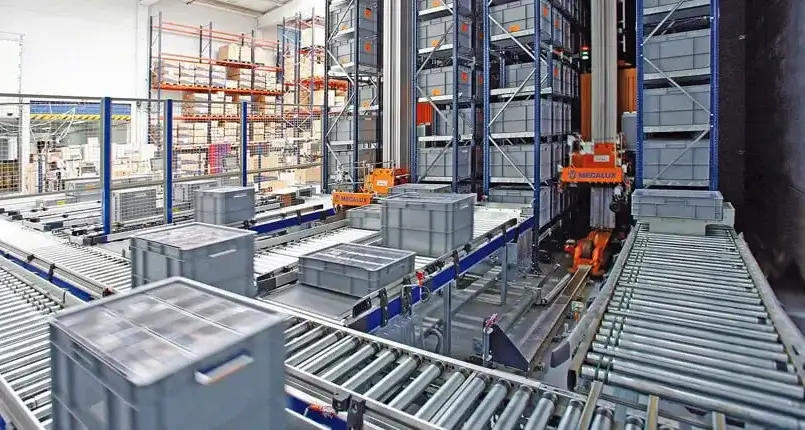Why Sorting Equipment Manufacturers Need RFID Integration
Automated sorting systems are the backbone of logistics, comercio electrónico, y la fabricación, Pero se enfrentan a algunas limitaciones clave:
- Missortment due to unreadable barcodes or complex item shapes.
- Speed bottlenecks due to slow optical scanning speeds (por ejemplo, less than 2,000 items per hour).
- Untraceable items in regulated industries (por ejemplo, Productos farmacéuticos) lead to compliance failures.
RFID integration solves these challenges by:
- Achieving 100% item identification accuracy, even for items without barcodes.
- Increasing sorting speeds to over 10,000 items per hour with bulk RFID scanning.
- Providing tamper-proof data logs for auditing purposes.
Su ventaja competitiva:
- Provide superior sorting systems with embedded RFID capabilities.
- Ability to significantly reduce customer operating costs.
Sorting Challenges Solved by RFID Integration
1.Missortment and Unreadable Tags
Problema: Optical scanners cannot identify damaged barcodes, irregular shapes, or reflective surfaces.
Solución RFID:
- Attach UHF RFID tags to items for omnidirectional scanning.
- Read rates can reach 99.9% regardless of item orientation or tag status.
2.Speed bottlenecks in high-throughput facilities
Problema: Traditional systems process more than 2,000 items per hour, resulting in order backlogs.
Solución RFID:
- Deploy RFID (UHF) lectores, to achieve batch scanning of more than 10,000 items per hour.
- Sort items without slowing down conveyor belts.
3.Gaps in compliance and traceability
Problema: In the pharmaceutical or food industry, lost or untraceable items may be at risk of FDA/CE penalties.
Solución RFID:
- Store expiration dates, batch IDs, y el procesamiento de registros en etiquetas de memoria alta.
- Automatically synchronize data to WMS/ERP systems during sorting.
Contact customer service
for detailed sorting system RFID tag information
How RFID Sorting Integration Works:
1.Hardware Setup:
- Etiquetas RFID: Applied to items, boxes, or pallets (por ejemplo. parcel tags).
- Lector de RFID: mounted on a conveyor or robot arm (por ejemplo. Feig LRU2000).
- Sorting controller: processes RFID data via a PLC (por ejemplo. Siemens S7-1500) to direct items.
2.Data flow:
- Items pass through an RFID tunnel reader on a conveyor.
- The reader scans all tags simultaneously and transmits the EPC to the controller.
- The controller matches the EPC with the preset destination and initiates the sorting mechanism (por ejemplo. pusher, tilt tray).
3.Software integration:
- Middleware (Middleware): Platforms such as Siemens RF650R connect RFID data with sorting logic.
- API: Custom scripts integrate RFID events with WMS (por ejemplo. SAP EWM).
Ofrecemos:
RFID integration for sorting systems
RFID tags for automated sorting
RFID solutions for error-proof sorting
Industrial RFID tags for harsh environments
We help sorting equipment manufacturers deliver more perfect accuracy and speed. En contacto con nosotros: Free testing of RFID tags optimized for your application.
[Haga clic aquí] to schedule a free consultation








